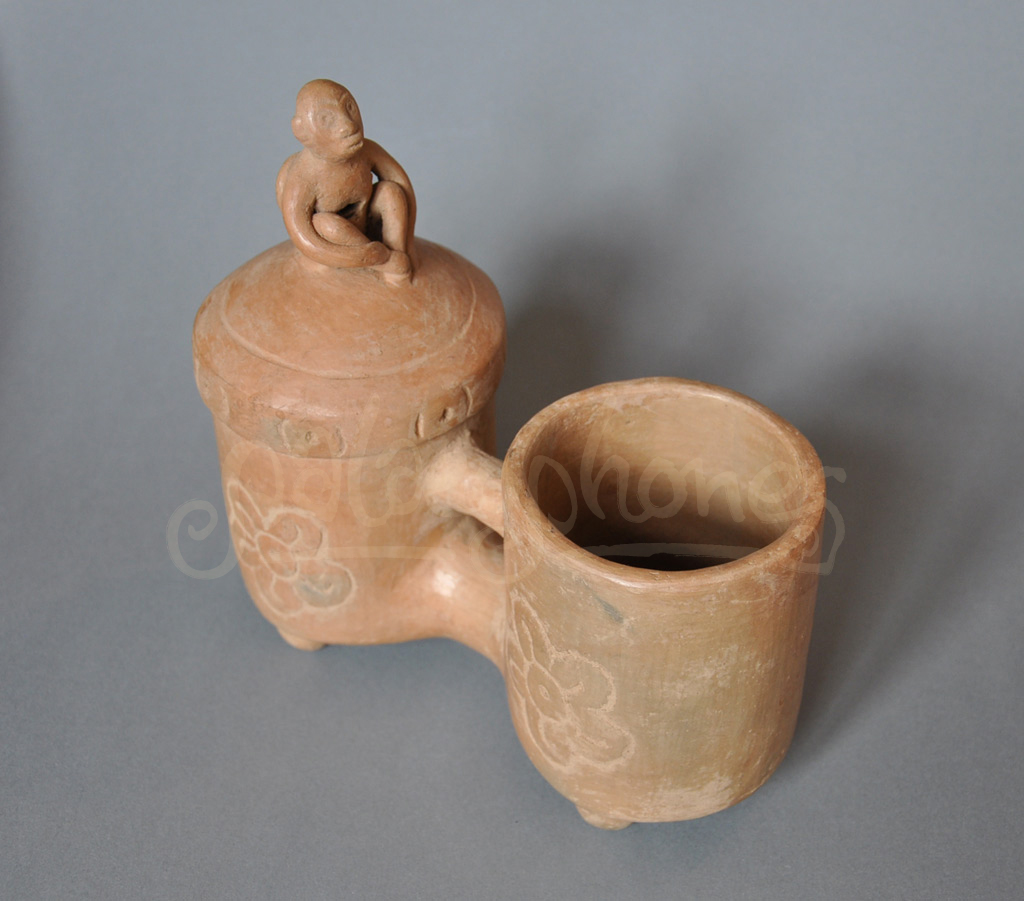

Acronyms were not generally used in the nineteenth and early twentieth centuries, though some codes have since had meaningful terms applied and brought into official use.Ĭodes changed over the years as requirements came and went, and individual railway companies had their own code systems, often with standard words across the industry. Code words were generally decided early on as simple and/or memorable words and those that remain are largely unchanged since then. Others bear little resemblance to their message ( DEBRIS or OHIO). Some codes are proper words in their own right ( ALERT) and some an easy shorthand ( WARNPASS for 'warn passengers' or EMCAR for 'empty carriage'). However, for speed and clarity the railway companies devised a set of code words for regularly-used messages, each with a precise meaning. The public telegraph system was a costly system generally charged on the number of words transmitted, but the railways' internal systems were not constrained in this way. The Sound Signals in Restricted Visibility Rule highlights vessels underway, whether encumbered or not encumbered, and also when they are at anchor or aground.In the days before widespread telephone use (and even longer before email), the fastest way to send a message across the country was by the electric telegraph (telegram). The Maneuvering and Warning Signals Rule covers course alterations, operation in a narrow channel, nearing an obscured bend and signals for dangerous situations. In the next two articles in this series, the details of Rule 34 and Rule 35 will be explained. Of course, the vessel will still be subject to the motion of leeway, caused by any wind present, and drift, caused by any current. What is the difference? A power-driven vessel is considered not making way, when its transmission is in neutral and is stopped and making no way through the water. And a vessel underway can have two states: underway making way and underway not making way. Steam whistle of the S/S Great Eastern built 1858 The definition of being underway is critical to deciding what sound signals to use for situations covered in Rule 35.ĬOLREGS Rule 3 states: The word underway means that a vessel is not at anchor, or made fast to the shore, or aground. Rule 35 further subdivides its prescribed signals into vessels that are underway and vessels that are not underway. Rule 34 is expressly for power-driven vessels operating in sight of one another in meeting or crossing situations, while Rule 35 covers all power-driven and sailing vessels, day or night, in or near an area in which visibility is restricted by fog, mist, falling snow, heavy rainstorms, sandstorms or other similar causes.

Just how loud is that? The Decibel Equivalent Table, which equates loudness to ‘everyday’ sensations, rates 140 dB as the ‘threshold of pain’.

A superyacht’s whistle will have a maximum intensity of 143 dB. Their loudness is measured in decibels (dB) when standing one meter away. Stay ahead on all things boating - Subscribe Now! For these large vessels, the whistle must be capable of being heard between 1.5 and two nautical miles away.


 0 kommentar(er)
0 kommentar(er)
